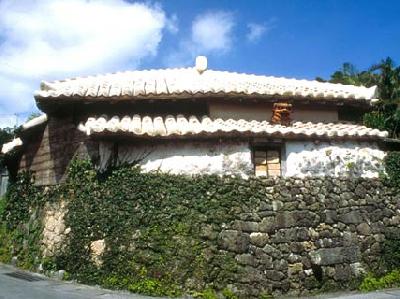シーサー Seesaa Shisa
|
Shisa is an ornament often seen in Okinawa. They are made in the shape of a legendary animal and are usually placed on gates and roofs, or on village towers to ward off evil spirits that may harm the people, their families and the village. Shisa are also believed to bring good luck.
Along with the sphinx and the 'komainu', shisa evolved from the lion figure in ancient east Asian culture. 'Shisa' means 'lion' in the Okinawan dialect of the Ryukyuan language.
As an ornament, shisa were originally placed alone. After Buddhist influence, it became popular to place them in pairs. Initially, they were placed at the gates of temples, shrines, the graves of nobility, and at the entrance gates to villages. After the Meiji period, ordinary people were allowed to decorate their roofs with tiles, and shisa began to be placed on roofs as well.
Shisa are generally made from stone, ceramic (either glazed or fired) or plaster.
Along with the sphinx and the 'komainu', shisa evolved from the lion figure in ancient east Asian culture. 'Shisa' means 'lion' in the Okinawan dialect of the Ryukyuan language.
As an ornament, shisa were originally placed alone. After Buddhist influence, it became popular to place them in pairs. Initially, they were placed at the gates of temples, shrines, the graves of nobility, and at the entrance gates to villages. After the Meiji period, ordinary people were allowed to decorate their roofs with tiles, and shisa began to be placed on roofs as well.
Shisa are generally made from stone, ceramic (either glazed or fired) or plaster.
- name
- Shisa













